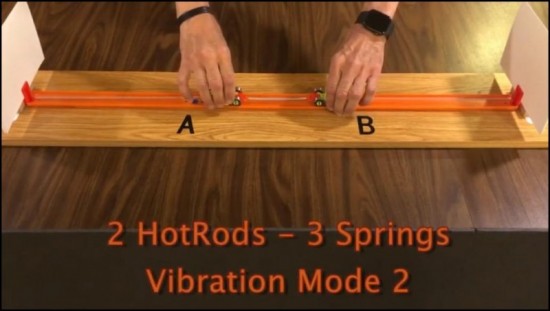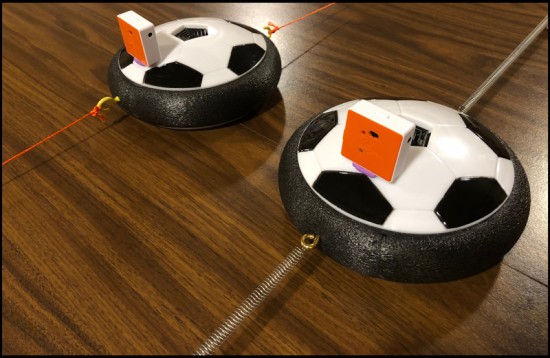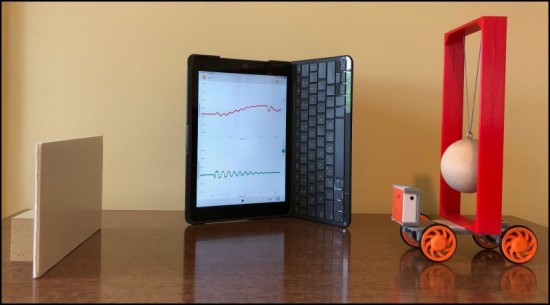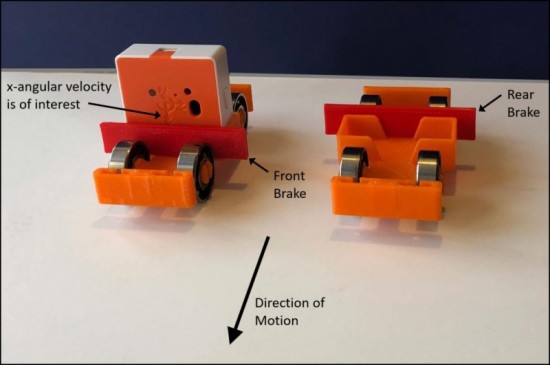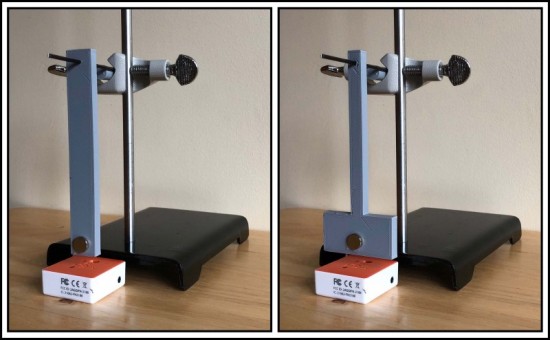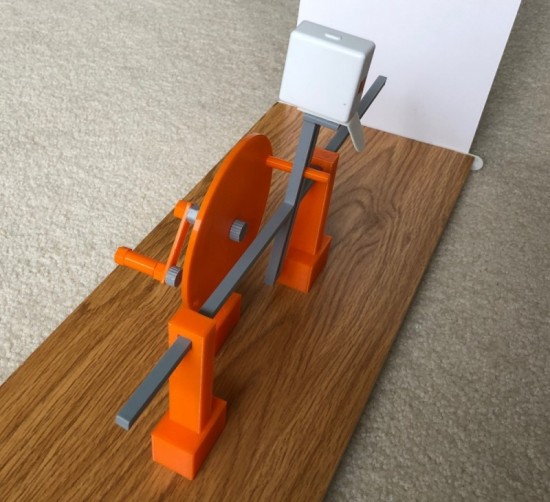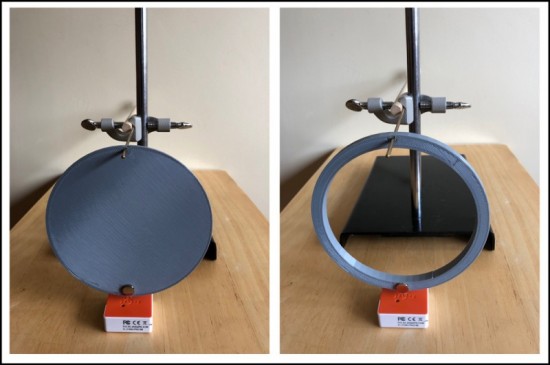Resonance and Damped Harmonic Motion
Introduction
Resonance can be defined in a number of ways. The most common definition is that resonance occurs at the frequency at which forced oscillations produce maximum amplitude. When the driving forces of oscillation are removed, friction gradually decreases the amplitude. This is known as damped harmonic motion. Most young children experience resonance as well as damped harmonic motion in schoolyard playgrounds. They experience resonance while pumping the swing at the right frequency--the natural frequency of the swing. They experience dampe

